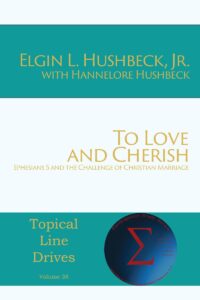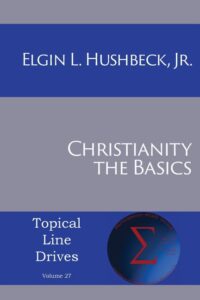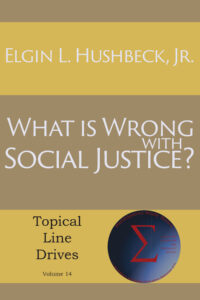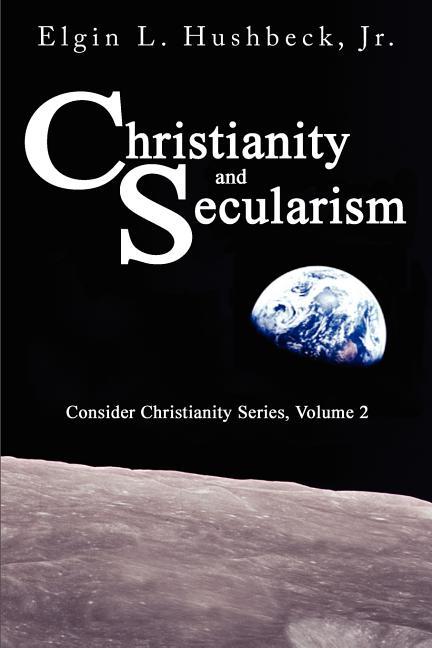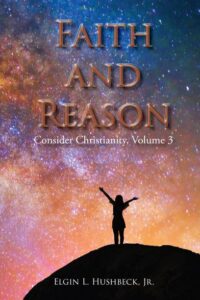The Epistles of John: Living in Truth and Love. 1 John 3:8-13
Week 29: May 6, 2012
As he sums up this section, John, having warned his reader not to be deceived, says who can be trusted, (i.e., those who practice righteousness). He draws a distinguishing between the children of God and those who belong to the devil.
Study
h. Don’t be Deceived (3:7 – 3:10)
ii Distinguishing between Righteous and Unrighteous (3:7b-3:10)
8 – The person who practices sin belongs to the evil one, because the devil has been sinning from the beginning. The reason that the Son of God was revealed was to destroy what the devil has been doing.
– In contrast to those who practice righteousness are those trying to deceive us. These practice sin and belong to the evil one. When John says, that “the devil has been sinning from the beginning” it is not clear if from the beginning refers to the beginning of human sin, i.e., the serpent in the garden, or since the becoming the devil, but it really does not affect the meaning for us. Those who follow God will be marked by righteousness. Those who lives are marked by sin, belong to Satan.
The reason that the Son of God was revealed
– Jesus came into the world to defeat sin. This is not just a throwaway line, but a key part of John’s argument. How can a true follow of Jesus be practicing what he came to destroy?
9a – No one who has been born from God practices sin, because God’s[1] seed abides in him.
– John continues the reasoning of verse 8 with a stark statement that is reminiscent of v6. No one who remains in union with him keeps on sinning. How could they? How can a true follower of Christ work against what he came to do? (See discussion below) After all, we have God’s seed. Some see God’s seed as the Holy Spirit, others as the word of God. It is probably a bit of both.
9b – Indeed, he cannot go on sinning, because he has been born from God.
– John is reaching a conclusion that started with his initial statement that began this section and his statement in 1 John 1:5 God is light, and in him there is no darkness—none at all! If God has no darkness, and God is in us, we can have no darkness. As for what John means by “cannot go on sinning” see discussion on v 6 and discussion below. Also it is important to see this in light of the seed metaphor that precedes it. When you plant a seed, it grows and develops. When a person is born-again, they are not fully grown spiritually but begin to grow. This is the real mark of a Christian, not sinlessness, but spiritual growth and development.
10 – This is how God’s children and the devil’s children are distinguished.[2] No person who fails to practice righteousness and to love his brother is from God.
– John ends this section with statement that sums up the main points about his opponents. A major reason for this section was to distinguish those who left from those who stayed. Our primary way of doing this is to look people’s walk and to see how they “Love their brother.”
Part III : Love One Another (3:11-5:14)
a. The Message – Love One Another (3:11-17)
i. Starting Premise
11 – This is the message that you have heard from the beginning: We should love one another.
– This is the message
– This phrase occurs only here and 1:5, This is the message that we have heard from him and declare to you. 1:5 started the first section that focused on those who left (2:19) and how to tell who was telling the truth, who you should trust, and who you should follow. John uses the same phrase to begin this section. This section will focus more on how we should live. Again there is little consensus over the outline of John. One advantage of this approach is that it draws on literary feature within the letter itself.
– We should love one another.
– While this section will build on the themes developed in the previous section, the overriding message of this section will be to love another.
ii. A Negative example – Cain
12 – Do not be like Cain,[3] who was from the evil one and murdered his brother. And why did he murder him? Because what he was doing was evil and his brother’s actions[4] were righteous.
– Not too surprisingly John begins with a contrast and, as he so often does, he puts his message into very stark terms. Cain not only did not love his brother, he murdered him.
Because what he was doing was evil and his brother’s actions were righteous
– At first this does not seem to make sense. But it is something born out in practice. Righteousness holds up a mirror to evil. It reminds the unrighteous of God’s Law, and their disobedience. It ultimately robs them of their excuses. So Cain had two choices, acknowledge his disobedience or get rid of the evidence, i.e., get rid of Abel.
13 – So do not be surprised, brothers, if the world hates you.
– As Cain hated Abel, so will the world hate us and we should expect this. This raises three issues: First, if we do not face opposition from the world, what does that say about our walk? Second, it is important to keep in mind that just because we are facing opposition, that does not mean we are where God wants us to be. If we do not act in love, we should not be surprised if we get a negative reaction. So this is not a blank check to be obnoxious. Finally, we may not see “hatred” today, because in the current world the main problem it apathy. People, may simply not care.
Questions and Discussion
Verse 9 sparked a lot of discussion. Some theologians try to soften this verse by saying that this refers to continual or habitual sin. There is some truth to this, but I do not believe that it is really faithful to what John is arguing. Hebrew culture tended to express things in terms of stark contrast in a way that we in the 21st century are uncomfortable with.
We live in a world governed by a view of precision that would be completely foreign to those in the first century. The easiest place to see this is with time. We commonly think of time in terms of hours, minutes, and seconds, and at times even smaller increments. We will worry if we are even a few minutes late. Yet in the first century, for the most part, even hours were too fine a division. Normally people were content with parts of a day.
Thus when we read statements of John such as “No one who has been born from God practices sin” our innate sense of accuracy and precision causes us trouble. If that is literally accurate then no one could be a Christian. Yet we know that John could not mean that, for he has already said that anyone who claims to be without sin is a liar. (1 John 1:8). This conflict is what explains the attempts to soften the verse.
But John was not governed by our modern sense of precision, particularly when drawing contrast such as he is doing here. This does not mean the statement is inaccurate, but rather we must seek to understand it has he wrote it; where this is true, but not yet fully realized; where we are Children of god, but what we will be had not yet been revealed. (3:2)
This is, again, while I do not believe that statements about cleansing us of our sins are to be seen as mere restatements of forgiveness. There can be no darkness in God, and for us to be in fellowship with him requires that we not only be forgiven, but cleansed.
To see this as habitual sin, etc., is to not only soften but to undermine John’s argument. God does not want us to be mostly free from sin or to just be free from habitual sin; he wants us completely free from sin. Sin is fundamentally a rebellion against God and we cannot be in fellowship with him, and rebelling against him at the same time. So while the discussion of habitual or continual sin is probably a valid way of understanding how this verse applies to our daily life, it is important to realize that this was not the argument that John was making.
If you have question or comments about the class, feel free to send me an email at elgin@hushbeck.com and be sure to put “Epistles of John” in the header.
See here for references and more background on the class.
Scripture taken from the Holy Bible: International Standard Version®. Copyright © 1996-2008 by The ISV Foundation. ALL RIGHTS RESERVED INTERNATIONALLY. Used by permission. www.isv.org
Note: Some places I have modify the text from the ISV version. Passages that I have modified have been noted with and * by the verse number and the ISV text is included in a footnote.
Footnotes:
[1] 3:9 Lit. his
[2] 3:10 Lit. are revealed
[3] 3:12 Lit. Not like Cain
[4] 3:12 The Gk. lacks actions
